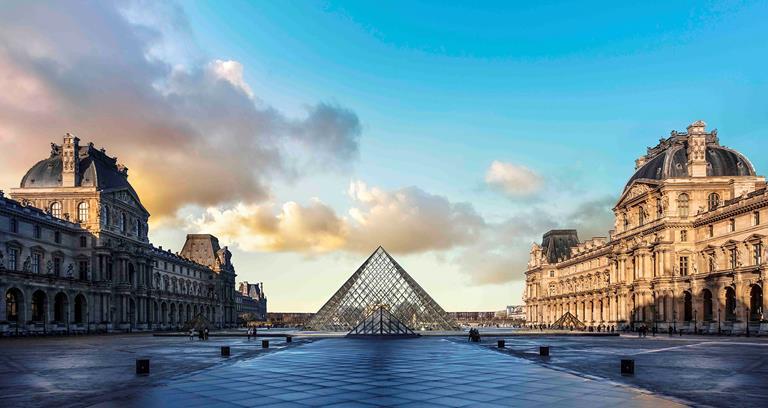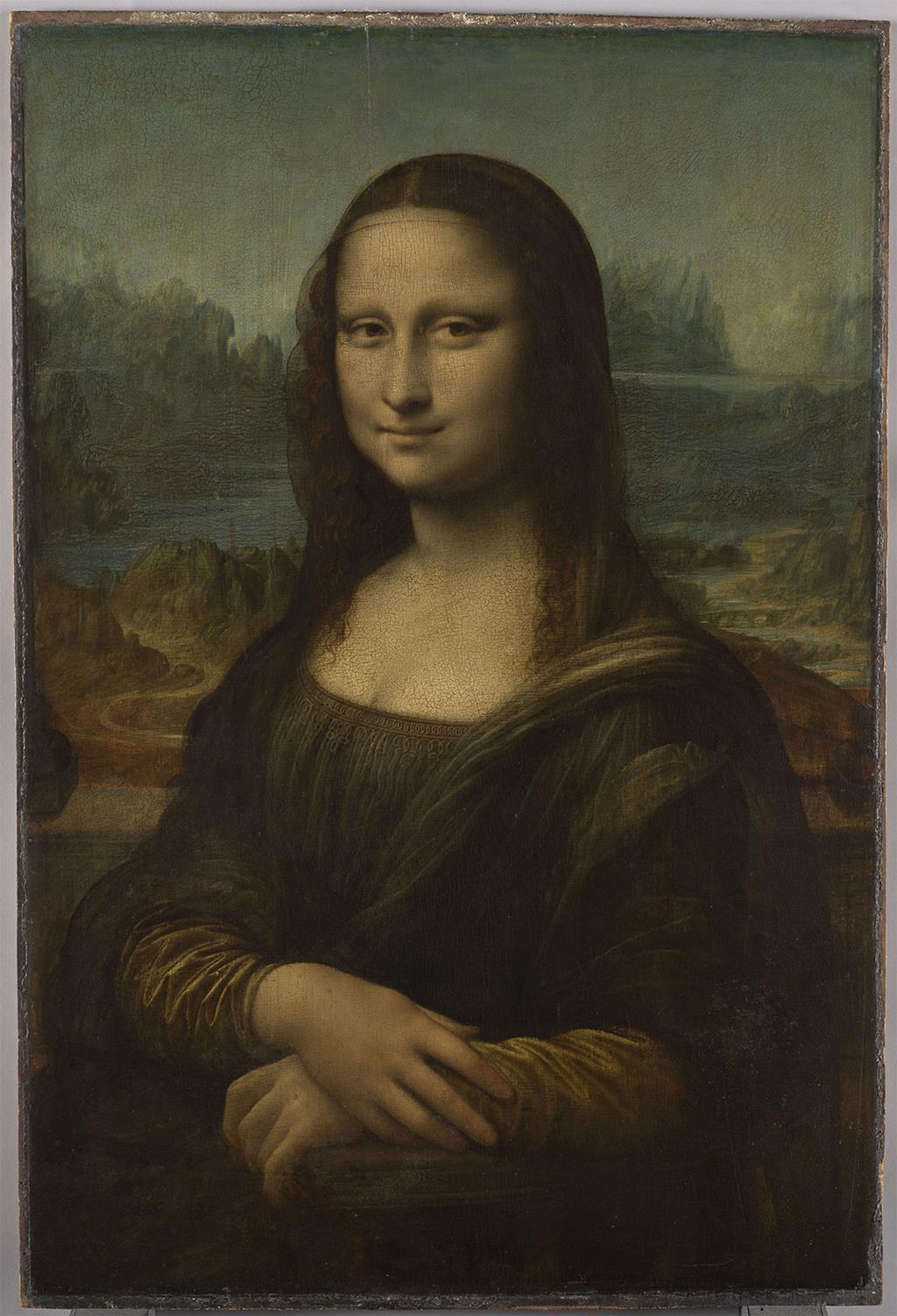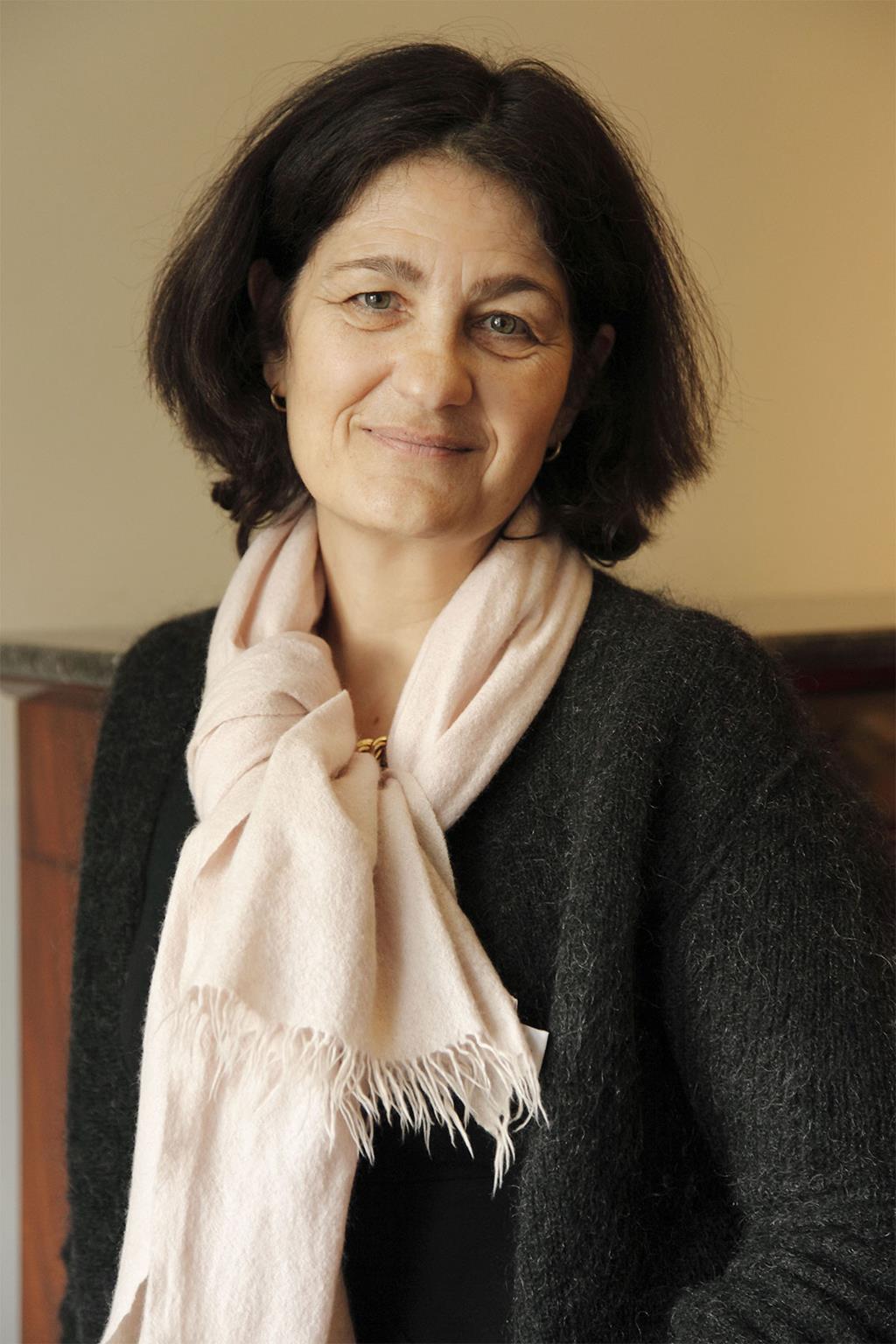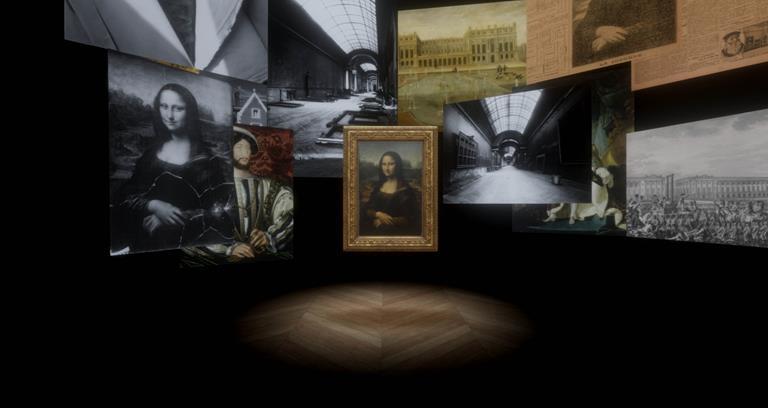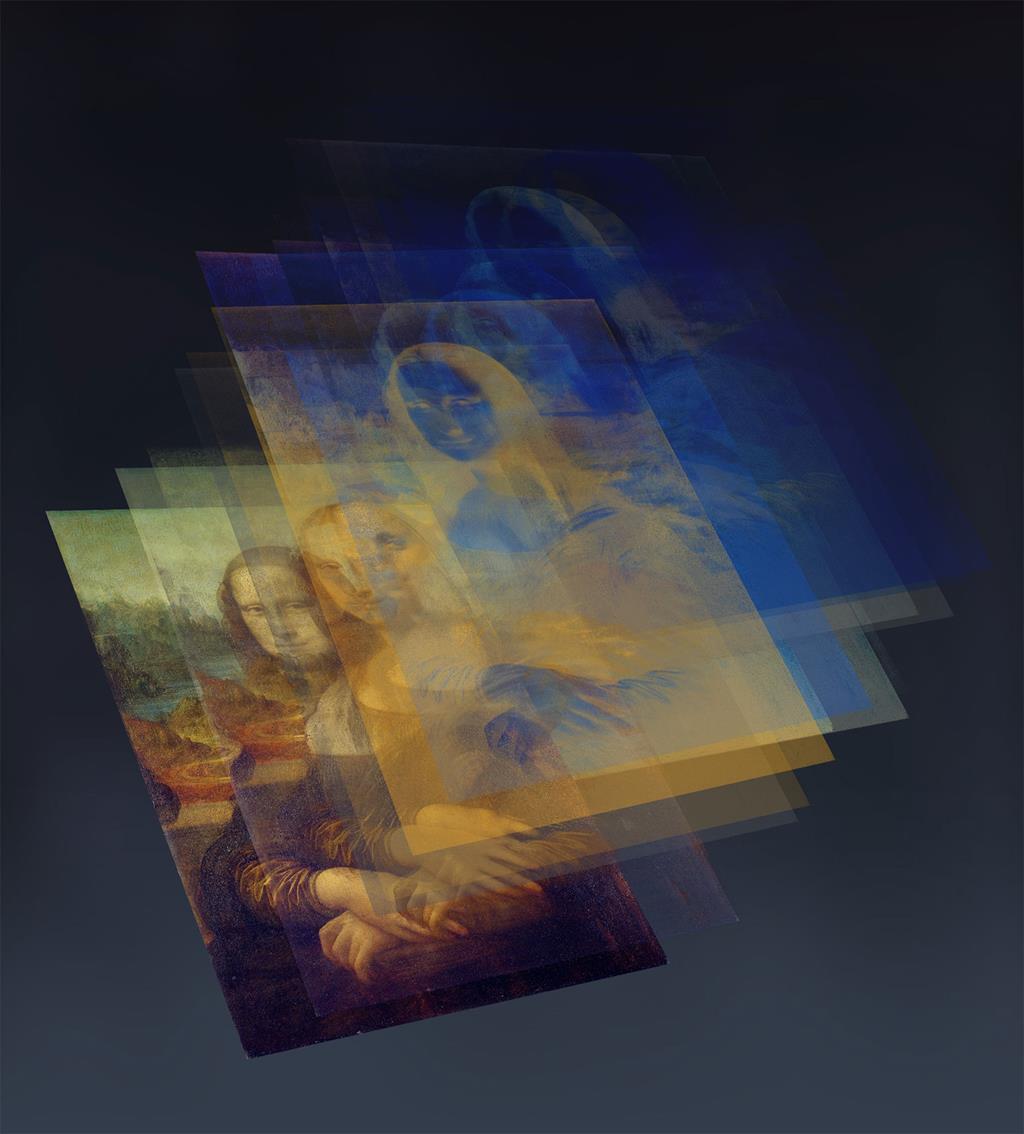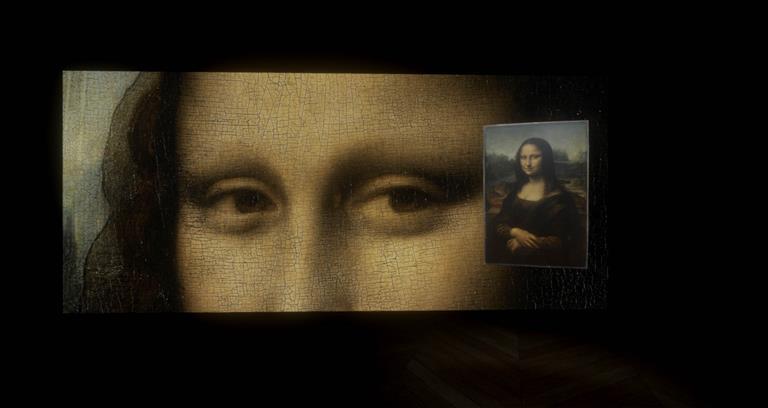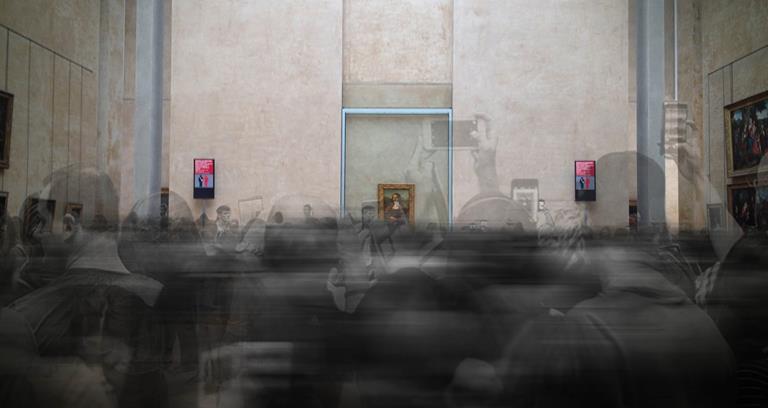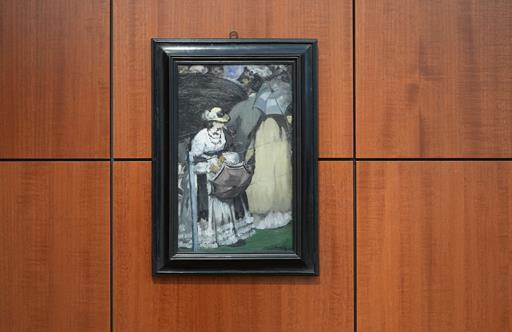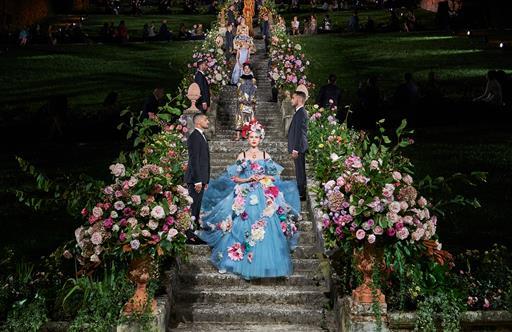Mona Lisa VR at the Louvre
We spoke with Dominique de Font-Réaulx of the Louvre and Victoria Chang of HTC Vive about virtual reality and Mona Lisa.
The global surfeit of exhibitions honouring Leonardo da Vinci this year, the 500th anniversary of his death, reaches it pinnacle this autumn at the Louvre. The blockbuster show pays homage not only to da Vinci’s art but to his technical inventiveness, scientific rigour and boundless curiosity. It will almost certainly be the most ambitious da Vinci exhibition of our lifetimes, so it’s only fitting that it features the piece of cutting-edge technology that has swept across the art world this decade: virtual reality.
The VR portion of the exhibition, known as Mona Lisa: Beyond the Glass, focuses on the Mona Lisa, allowing for a closer view than swirling crowds normally allow – but also than the human eye could possibly permit. The VR experience allows viewers to turn the painting over and to explore the voluminous amounts of research done on it in recent years.
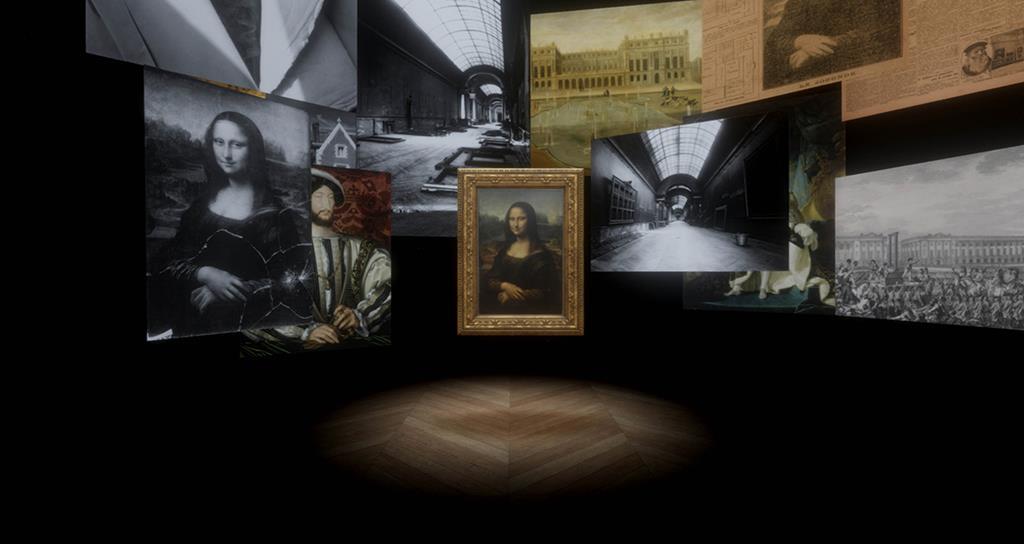
Mona Lisa: Beyond the Glass still, Courtesy of Emissive and HTC Vive Arts
It is the first VR installation in the Louvre and the first time an exhibition at the museum has been available to the public around the globe: the VR experience is accessible for anyone with the VR headset on the HTC Vive website.
Here, two of the women behind the exhibition speak about the power of VR, the significance of the quincentenary and da Vinci’s enduring power to surprise us.
Victoria Chang, Director of Vive Arts at HTC

What was the process of working with the Louvre?
As this is the first VR experience at the Louvre, we want to ensure both art connoisseurs and the general public will enjoy this unique face-to-face experience with the Mona Lisa. The amount of research that the team did on the painting was extensive as there are so many stories surrounding the world’s most famous painting, it was a matter of working together to distill all of our joint expertise into one engaging immersive experience. Mona Lisa: Beyond the Glass is integral to the show itself as it presents an entirely new way of looking at the painting, from up close in a way that would be impossible in real life. The VR experience is also essential to the show, especially given that the physical painting won’t be presented as part of the exhibition itself.
VR is remarkably democratic: like other digital mediums, people across the planet can experience it when and how they want. This makes collecting hard but access easy. Is that a bug or a feature?
Accessibility is much more likely to be the way things are moving and it is one of the most exciting prospects for this technology, though there are certainly some galleries that are selling VR works as editions. With the Louvre, we are also creating a free extended home version, so that the wider global community who may not be able to visit the exhibition or who have never seen the Mona Lisa in person can virtually visit the museum and have the experience of standing in front of the Mona Lisa in virtual space. This is very much where we see VR and digital technologies going – really changing the way we experience museum exhibitions for the future. We feel that we are really at the forefront of changing how our generation engages with culture and art, making art more accessible to everyone around the world.
In the art world, VR seems to be playing two distinct roles at the moment: in exhibition curation, as at the Louvre, and as an art form in its own right. Are these parallel trends or might they converge?
From our perspective, we see the appetite growing for both areas in parallel, we are only just scratching the surface of how technology can be used creatively by the wider artistic community and revolutionise how exhibitions are presented at leading institutions. At Vive Arts, we are inundated with requests from artists and institutions who are very interested in how they can work with us to realise their visions using the latest cutting-edge technology.
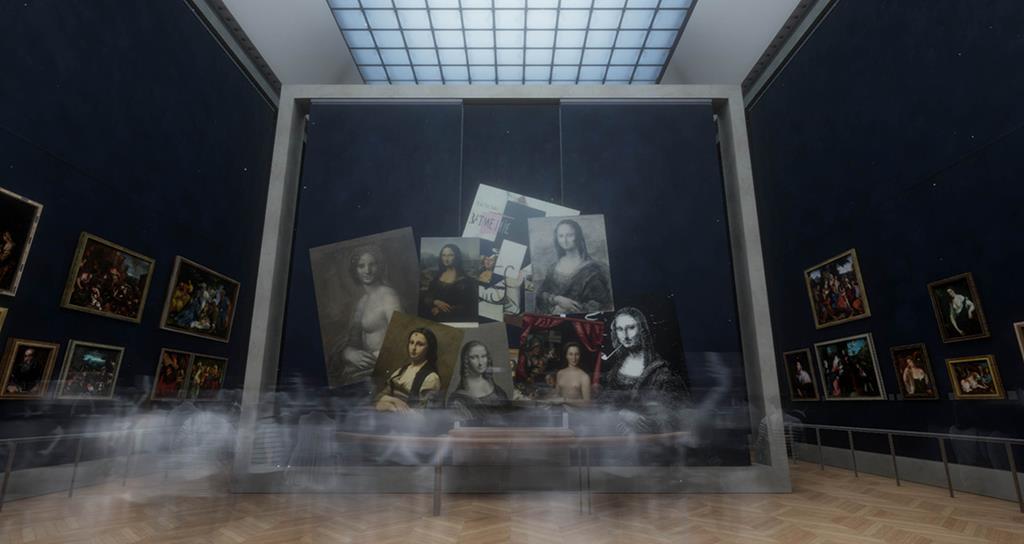
Mona Lisa: Beyond the Glass still, Courtesy of Emissive and HTC Vive Arts
Dominique de Font-Réaulx, Director Director of the Louvre’s Interpretation and Cultural Programming Department
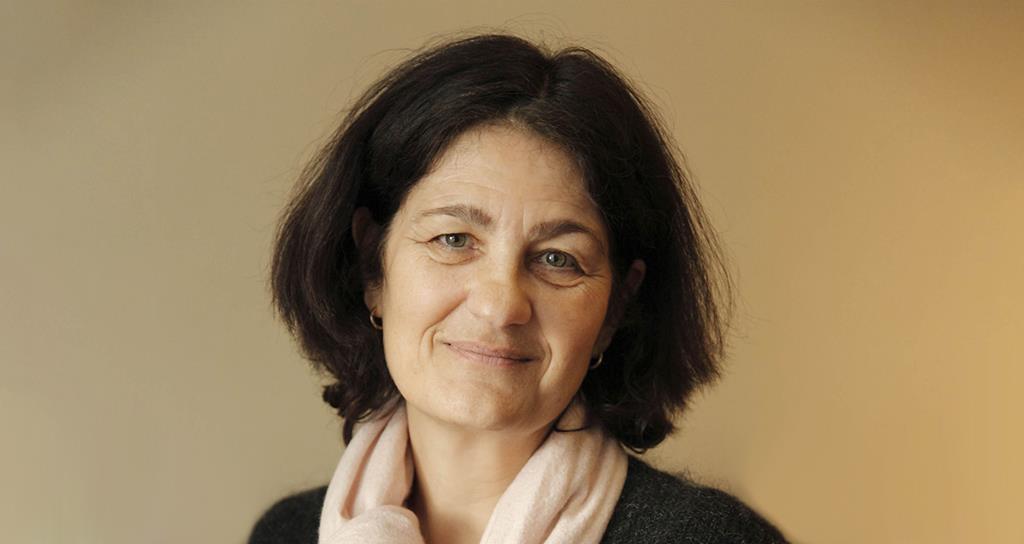
Why include VR in the Da Vinci exhibition?
I think VR offers something very interesting, which is the opportunity to connect new technology with academic content. This is at the heart of our collaboration with HTC VIVE Arts; Mona Lisa: Beyond the Glass will provide access to innovative technology, share academic knowledge and transform this knowledge into a very personal experience for visitors. I think Mona Lisa: Beyond the Glass, which was conceived with the exhibition curators, will allow visitors to have an intimate encounter with the artwork.
Alongside this, the exhibition will showcase Leonardo’s creative process in its entirety. It’s important to see the Mona Lisa as part of a broader body of work that began before it was created, rather than in isolation. The painting often supersedes other works due to its level of fame but should be considered within the context of Da Vinci’s career more broadly. With the rise of websites and social networks, it’s imperative for the Musée du Louvre to accommodate audiences inside and outside our walls. Mona Lisa: Beyond the GlassThis exhibition will attract audiences to the museum, even if they do not visit. In a way, it will form part of the institution’s overall “experience”.
Have you learned anything from previous VR installations (at other museums) that will make this installation particularly effective?
I believe virtual reality provides education with new possibilities that we don’t get from traditional methods. Virtual reality also transcends the museum itself, which is very appealing. Millions visit the Musée du Louvre each year, but websites, social media and travelling exhibitions mean we have a community of nearly 40 million outside of the museum. If you go to a Musée du Louvre exhibition in Japan or buy a book about the museum in New York, you are still an integral part of the Musée du Louvre’s community.
It’s exciting that we will be able to offer a home version of the VR experience outside of the museum, as this will help us enlarge our community. VR offers us the opportunity to broaden our understanding of the role of education within the museum sector. We have seen huge developments in the last 20 years – we have traditional methods including labels, as well as audio guides and more recently, film. VR is another way to explore education. Mona Lisa: Beyond the Glass is interesting because it is linked to other works that will be on display in the exhibition but adds another dimension, providing a different way to help visitors understand Da Vinci’s work.

Louvre Pyramid view © Leoh Ming Pei, © 2019 musée du Louvre, Nicolas Guiraud
Do you anticipate that the Louvre will make wider use of VR in the future?
As Director of Interpretation and Cultural Programming at the Musée du Louvre, I would like to see technology form part of the entire museum experience. Technology helps audiences look at art but does not and cannot replace their connection with it or prevent them from coming face to face with it. I’m thrilled about our collaboration with HTC VIVE Arts because it will bring together technology and academic knowledge – the former broadens our experience of viewing art while preserving our interaction and relationship with creativity.
Visit louvre.fr
